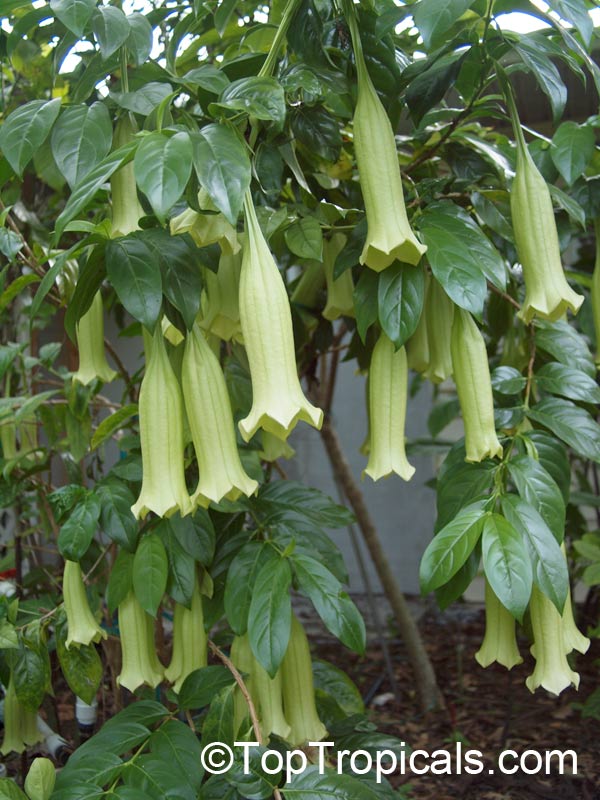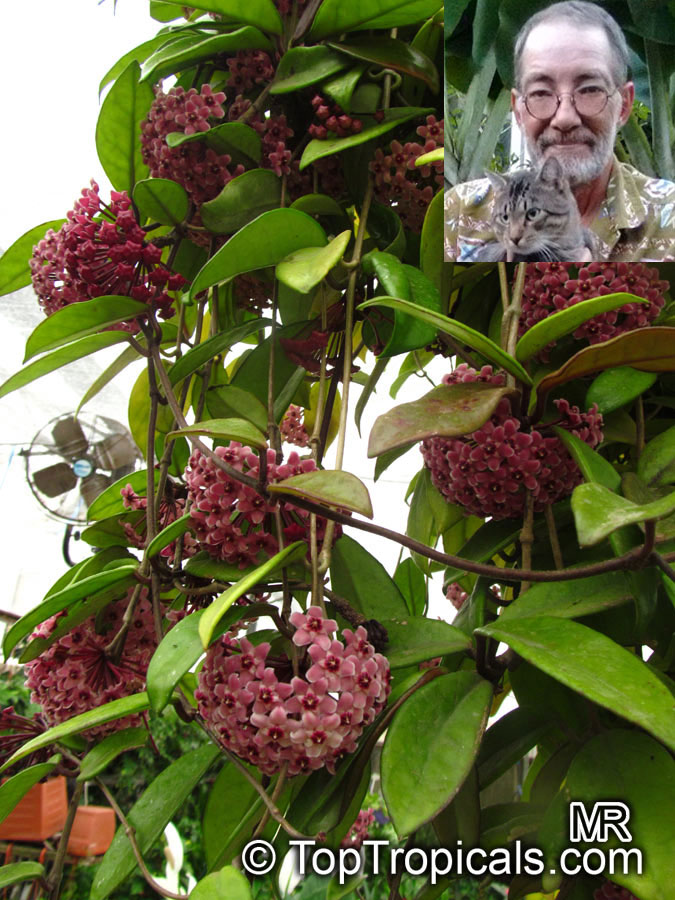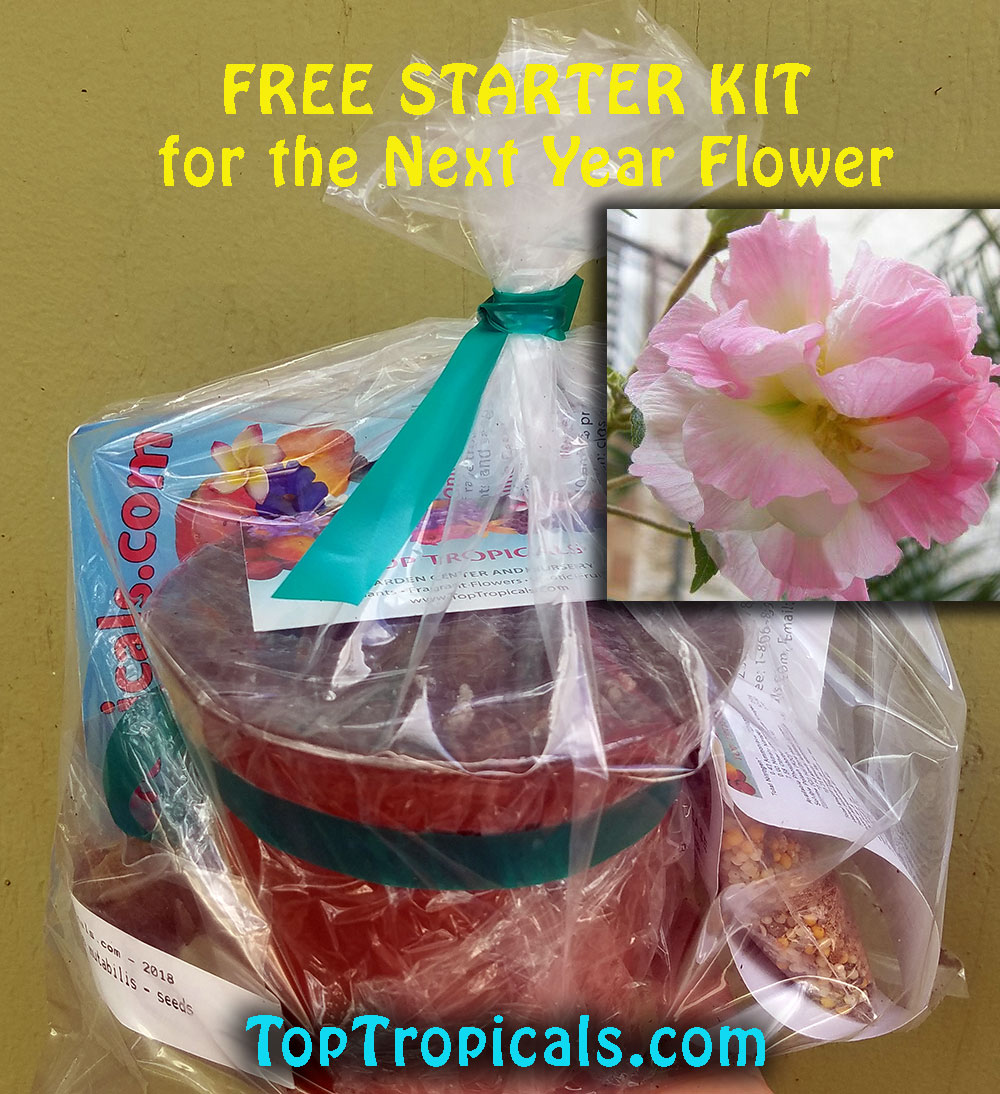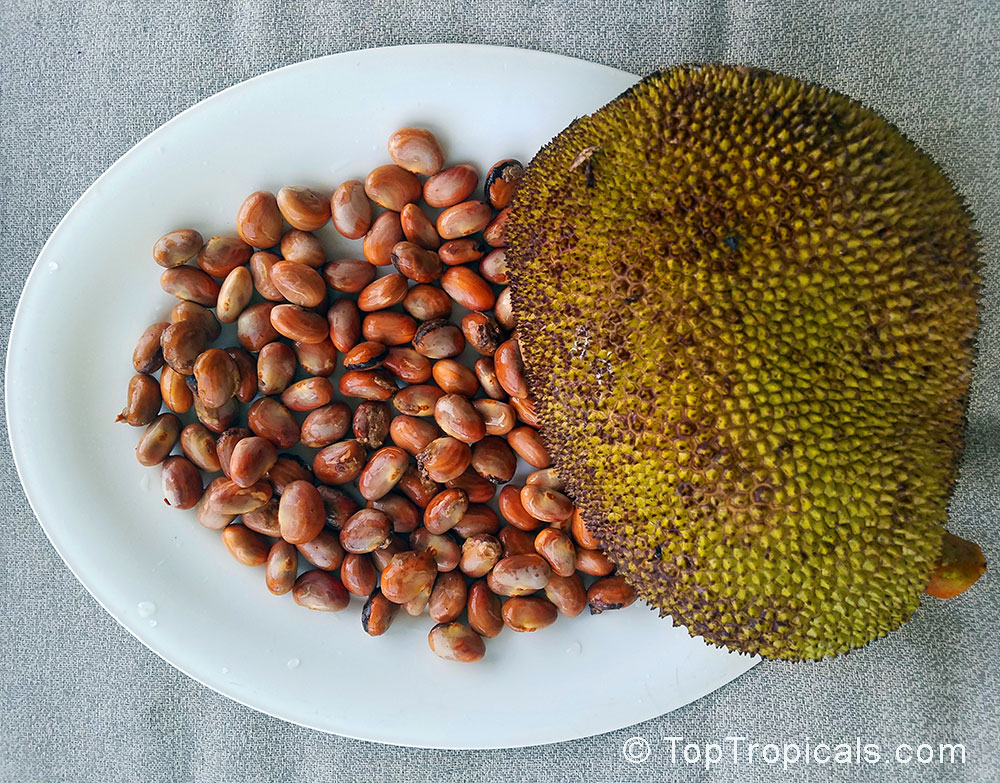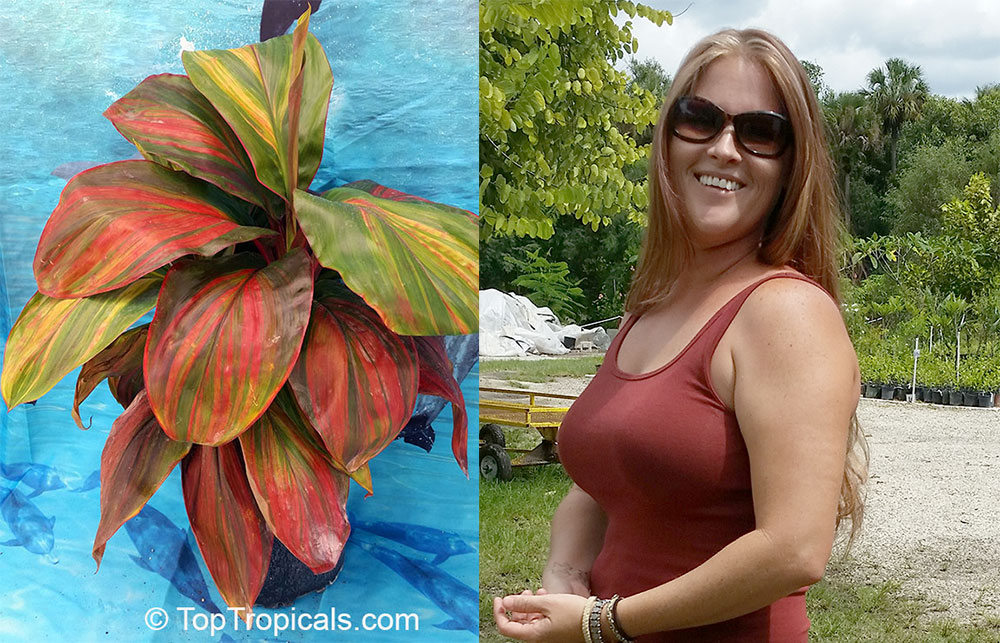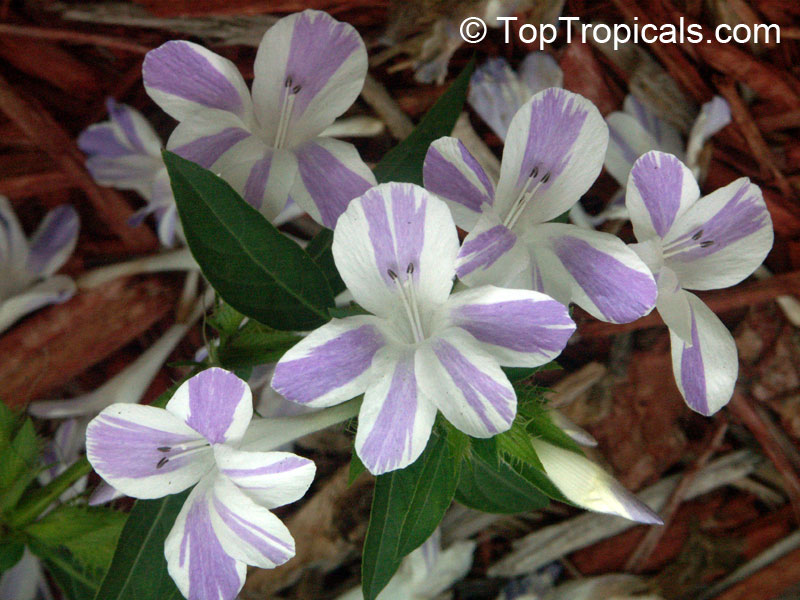How to get Passion Vine to flower?
From Mark Hooten, the Garden Whiz
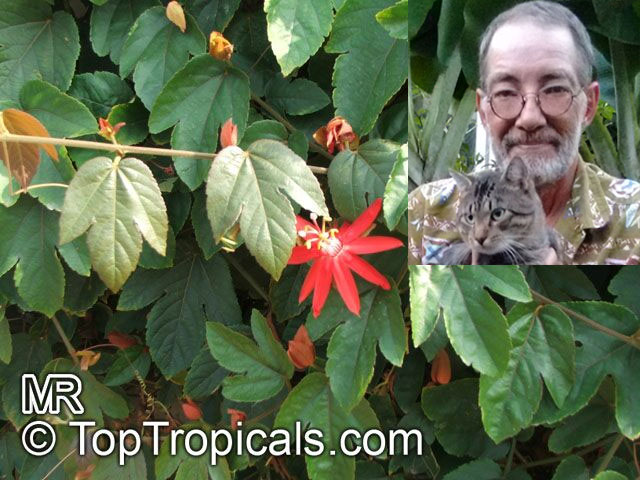
Q: Several
months ago, I purchased a passionflower vine, a red one with lots of
flowers. I ended up putting it in a much larger pot with a large trellis, using a
popularly advertised bagged potting soil recommended at a big box store. I have
given it a blue colored water-soluble fertilizer every couple of weeks as
recommended. However, while the vine seems very happy, growing faster than i
can keep winding it around the trellis, it has not flowered all summer. I there
something I am doing wrong?
A:
Passionvines as a group (and there are some 500 different kinds!) are sort-of
unusual among popularly grown ornamentals because they have "nitrogen issues". This
is because, even though unrelated, they are much like most legumes, as they
maintain a symbiotic relationship with certain beneficial soil bacteria which
allows them to gather atmospheric nitrogen and store it in their roots. When
they have an overabundance of nitrogen, they simply stop flowering and
produce rampant leafy growth while never flowering. They only flower well after a
period of healthy vine growth, because the plant had finally used up all of
its stored nitrogen.
Since you had both used a bagged potting soil which likely already
contained fertilizer with nitrogen added, as well as bi-monthly doses of a liquid
fertilizer which also contains nitrogen, it has been receiving so much
nitrogen it only knows to grow more vineage until the nitrogen is used up. If and
when that happens, it will again begin to flower. This rule applies of course
not only to flowering but also to fruiting varieties of Passiflora: the more
flowers, the more fruit you get!
So the answer is - for the time being, just stop giving it supplemental
fertilizer and it will start flowering for you sooner than later!
See all passion vines from TopTropicals.

